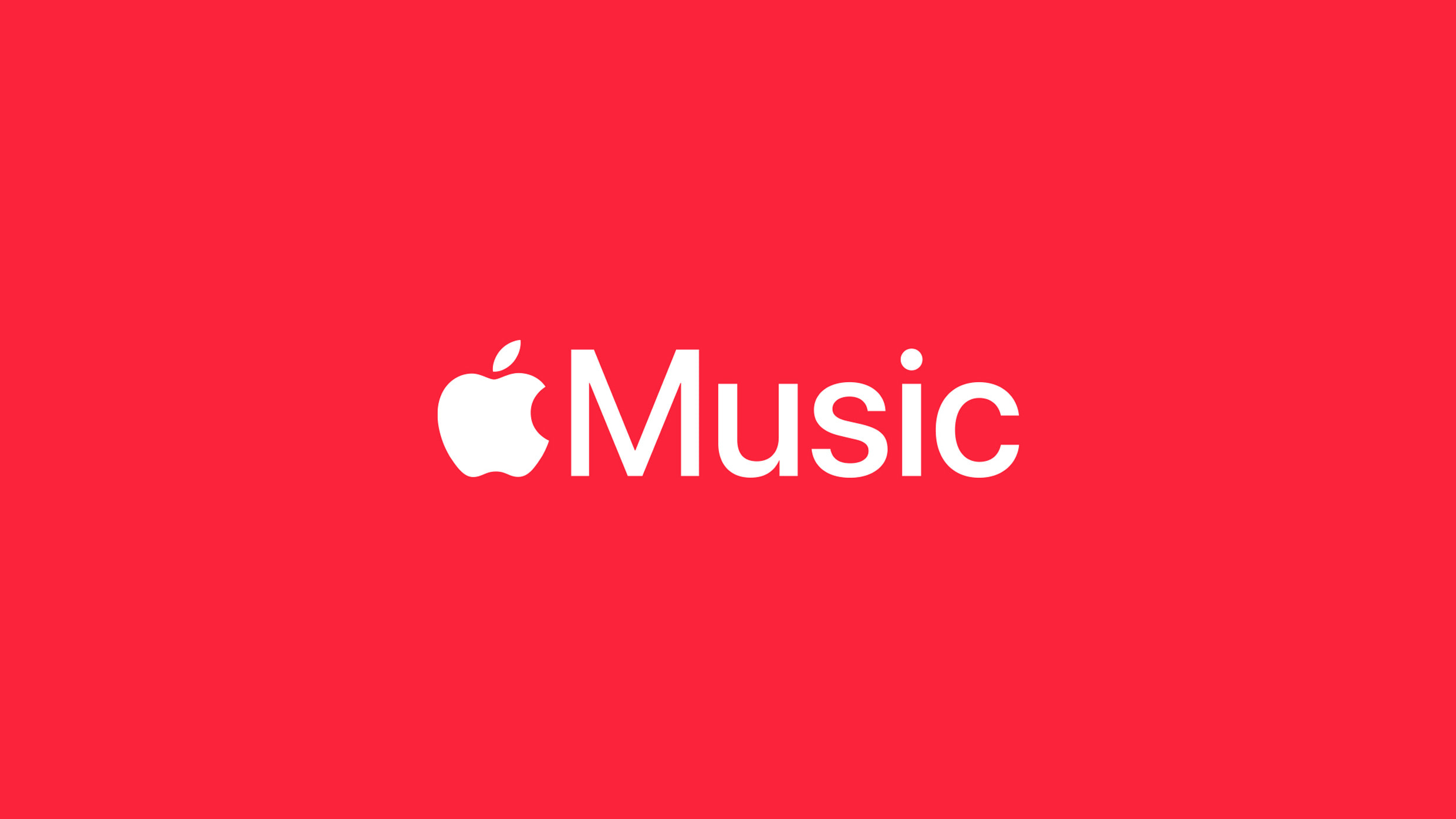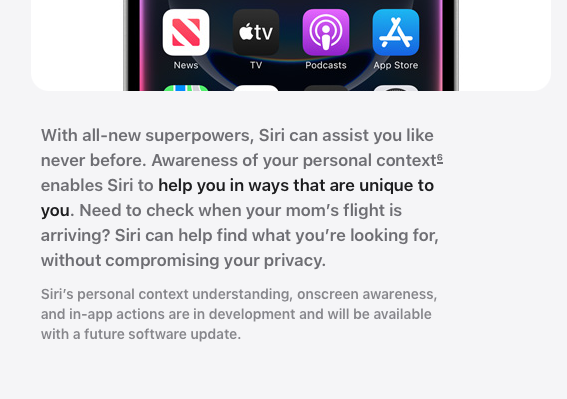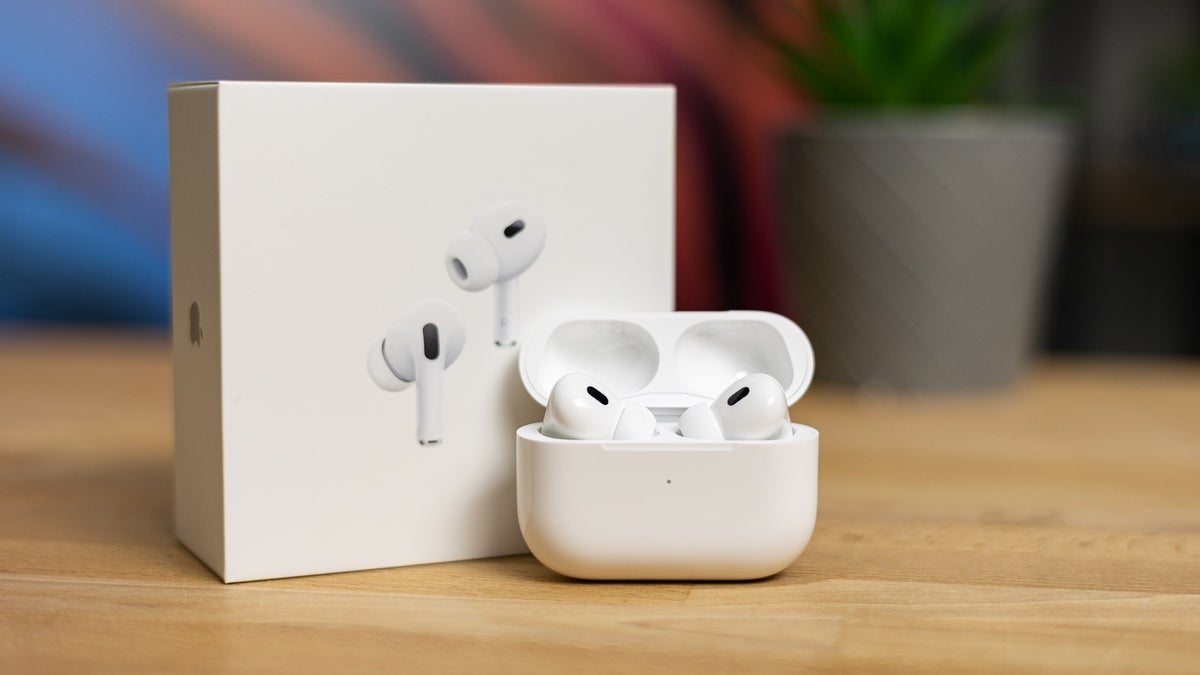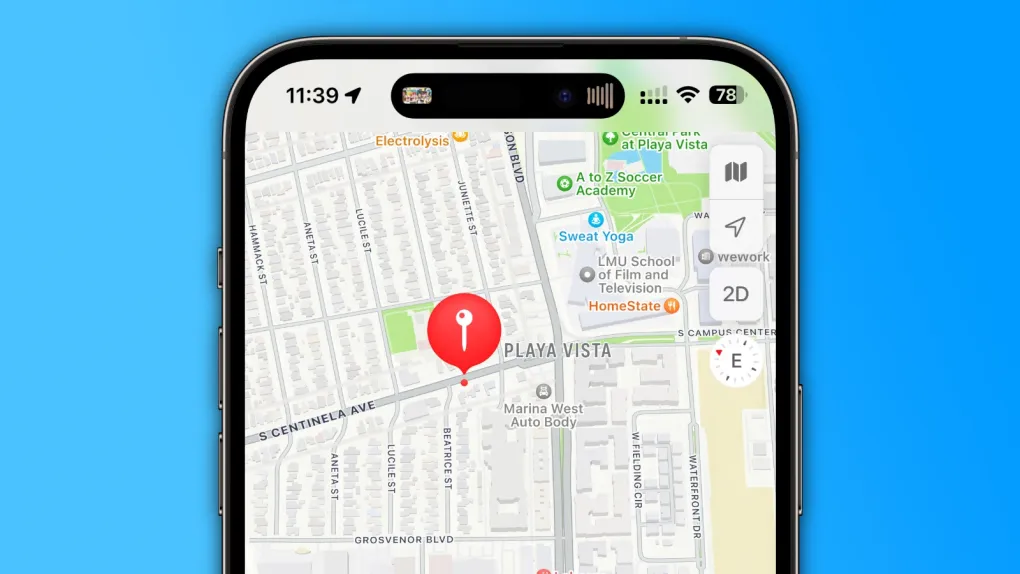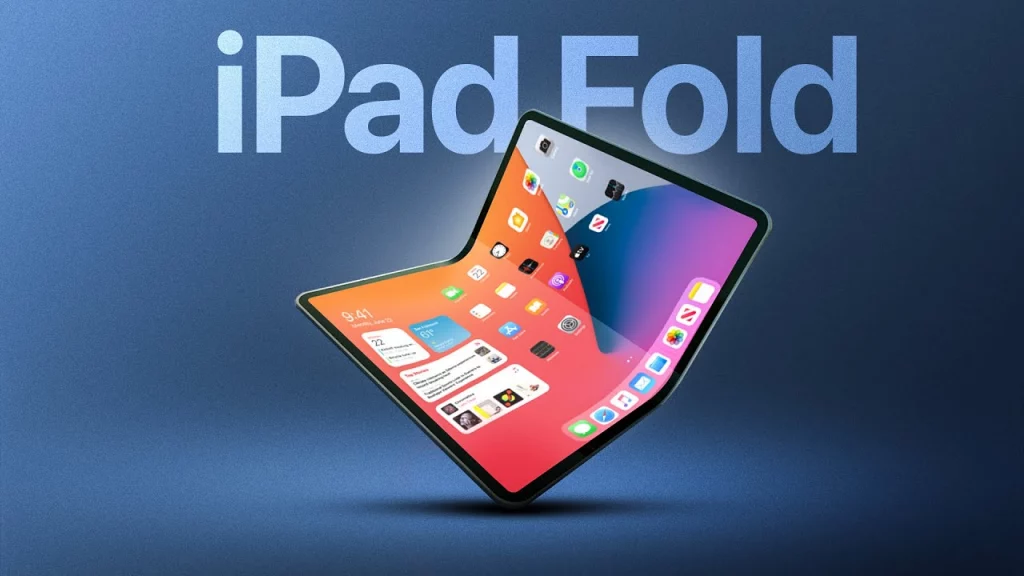Apple recently rolled out a software update for its 25W MagSafe Charger, which works with iPhone 12 and newer models, as well as the latest AirPods. The new software version is 2A146, an upgrade from the earlier 2A143 released this year. In the Settings app, this update shows as version 136, up from 133.
The 2024 MagSafe Charger debuted with the iPhone 16 lineup and can power those devices at a speedy 25W. For older models, like the iPhone 12 through iPhone 15, it charges at a slower 15W.
Apple pushes these updates wirelessly and doesn’t share detailed notes about them. So, we’re not sure what improvements or fixes this version brings. To update your MagSafe Charger, plug it in and connect it to an Apple device—there’s no manual way to start the process. Want to check your charger’s software version? Follow the steps in our MagSafe Charger guide.
In other news, Apple has stopped supporting iOS 18.3.1 as of today. This means iPhone users who’ve moved to iOS 18.3.2 can’t switch back to the older version. Apple launched iOS 18.3.2 on March 10. This move isn’t surprising—Apple often phases out older iOS versions after a new one arrives. Unsigned software can’t be installed because of a server check, blocking users from loading outdated iOS on their iPhones. Right now, iPhones that run iOS 18 can only use iOS 18.3.2.
By doing this, Apple makes sure devices stay up to date with the latest security upgrades. The iOS 18.3.2 update included key fixes, including one for a flaw that might have been actively targeted by attackers. Keeping your iPhone on the newest software helps protect it from potential risks.

